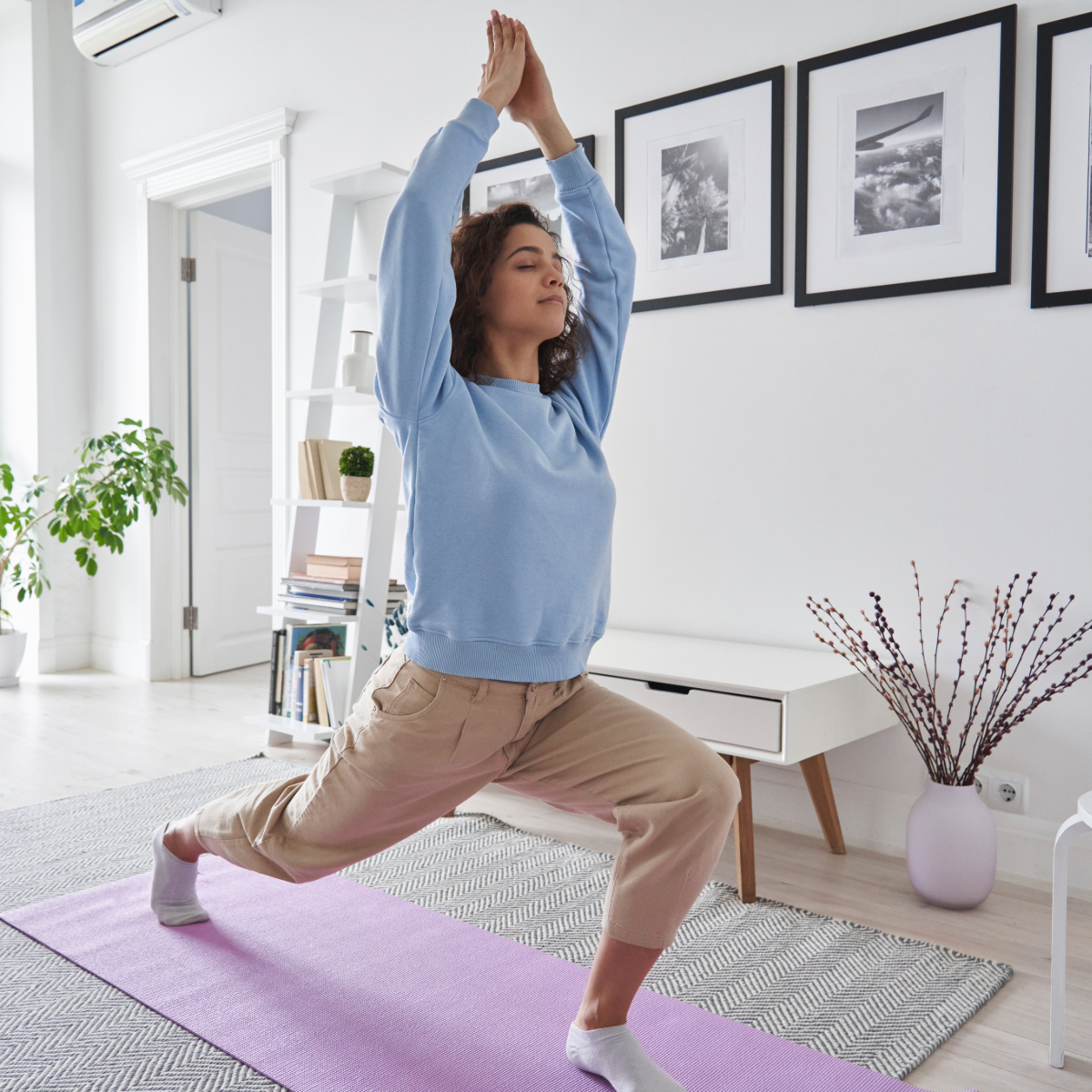Life can feel like a treadmill sometimes—always moving, never quite letting you catch your breath. Between work, family, and the constant ping of notifications, carving out time for your own health can seem like a pipe dream. But here’s the thing: you don’t need to overhaul everything to feel better. Small, steady habits, done with intention, can shift how you feel in your body and mind. Here are 10 simple habits that can make a real difference in daily life.
Ease Into Your Morning
How you start your day matters more than you’d think. You might grab your phone first thing, drowning in emails or news before your eyes are fully open. You need to give yourself a few minutes to just be—maybe jotting down one thing to focus on or think about something you’re thankful for. Studies say this kind of mindful start can boost your mood and focus. It’s like setting a quiet anchor before the day pulls you in every direction.
-
- Drink More Water
I know, it sounds basic, but hydration is a game-changer. You may not realize how much a foggy head or mid-afternoon slump is tied to not drinking enough water. Your body needs water for everything—thinking clearly, staying energized, even keeping your skin happy. Research suggests that even mild dehydration can tank your mood. Try starting your day with a big glass and sipping steadily. It’s such a small thing, but it feels like giving your body a hug. - Move, Even a Little
You don’t need to be a gym rat to feel the benefits of movement. A 20-minute walk or some stretching at home can lift your spirits in a way nothing else does. Science backs this—regular activity cuts stress and sharpens your mind. Find something you don’t hate, whether it’s dancing to your favorite playlist or biking around the block, and make it part of your day. It’s less about fitness and more about feeling alive. - Eat Food That Feeds You
Filling up on vegetables, fruits, whole grains, and proteins keeps you steady–not swinging between sugar highs and crashes. You don’t have to go full chef mode, but swap in one good choice, like a colorful salad or a handful of nuts instead of chips. Studies show whole foods support everything from your heart to your brain. It’s about nourishment, not perfection. - Make Sleep Non-Negotiable
Research links poor sleep to everything from weight gain to low mood, so it’s worth the effort. A simple routine helps: dim the lights, put your phone away early, and keep your bedroom cool. It’s not sexy, but waking up refreshed feels like a superpower. - Step Away from Screens
We all love a good Netflix binge, but too much screen time can leave us frazzled. Social media, especially, can trick you into comparing or stressing over nothing. Studies tie excessive scrolling to anxiety and bad sleep. Start by setting phone-free hours—mornings and evenings mostly—and it’s as if you’re reclaiming pieces of the brain. Try it, even for 30 minutes. You’ll notice how much quieter your mind feels. - Take a Moment to Breathe
Even five minutes of slow breathing or noticing the world around you can make a drastic difference—birds outside, the warmth of a coffee mug. Research shows mindfulness eases stress and sharpens focus. You don’t need fancy apps; just pause and let your thoughts settle. It’s like giving your mind permission to rest. - Stay Connected
There’s nothing like a good laugh with a friend or a long talk with someone you love to lift your spirits. Science agrees—strong relationships lower stress and even boost immunity. Make time for a quick call, a coffee date, or just texting someone you miss. It doesn’t have to be deep every time; it’s the connection that matters. - Get Outside
Something about fresh air and sunlight feels like hitting a refresh button. Try to step outside daily, even if it’s just sitting on the porch or walking to the mailbox. Studies say nature cuts stress and boosts mood—something about trees and sky just works. Even 15 minutes can shift your perspective. It’s a reminder that life isn’t just screens and schedules. - Write It Down
Whether it’s things you’re grateful for or just venting, putting words on paper can clear your head. Research says it can reduce stress and help you make sense of life. No rules here; a sentence or two is enough. It’s like having a conversation with yourself, and it’s more powerful than it sounds.
- Drink More Water
Health isn’t about big, flashy changes—it’s the little things you do day after day. Pick one or two of these habits and see how they fit. They’re not about being perfect but about feeling a bit more like yourself—stronger, clearer, and ready for whatever comes.
Dr. Barbara R. Edwards is an experienced Penn Medicine Princeton Health internist who has practiced medicine for over 25 years. She is also the academic director of the Ambulatory Residency Program at Penn Medicine Princeton Health.






